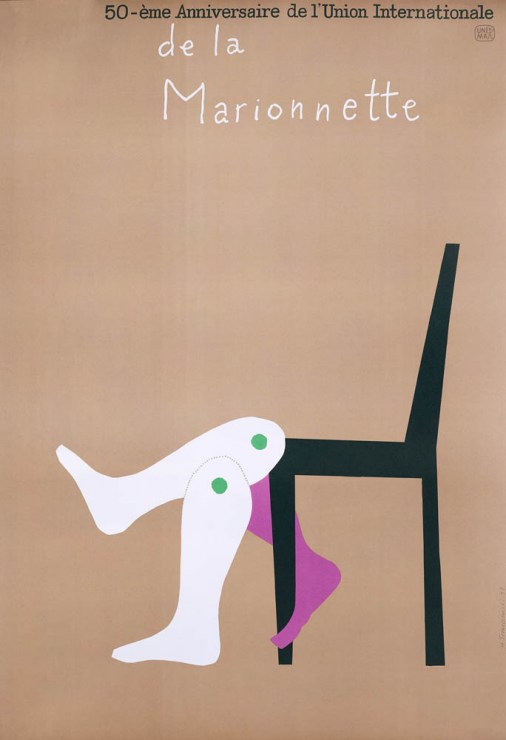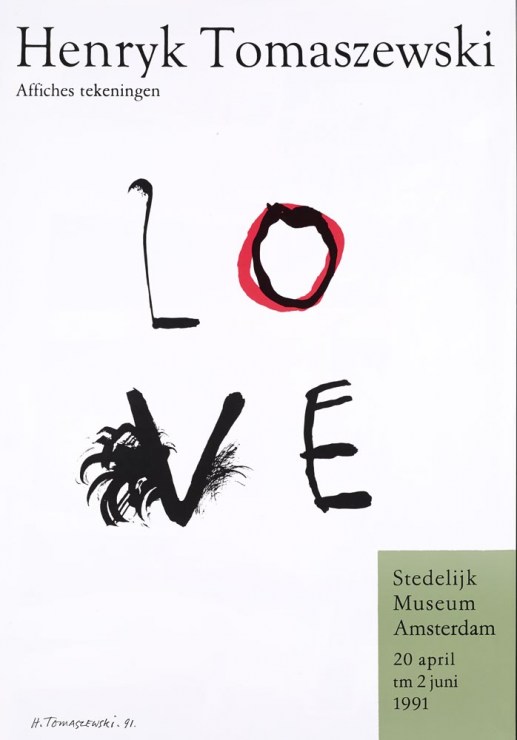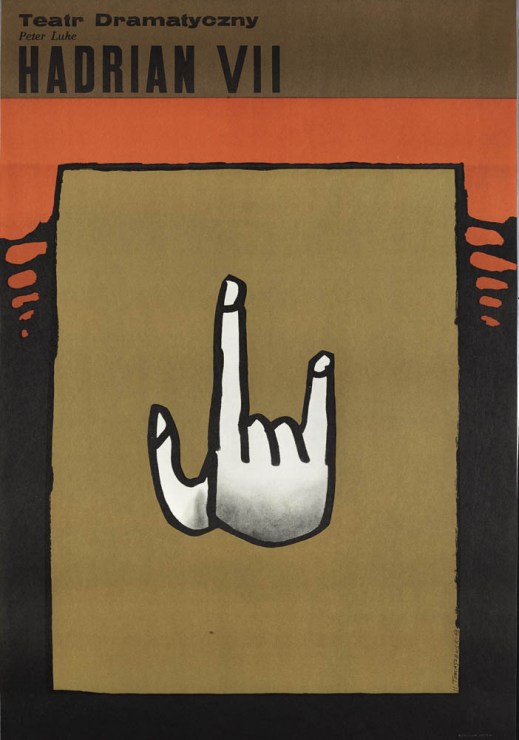Henryk Tomaszewski’s poster designs were given a new lease of life as part of Comme des Garçons.
Master of Polish Poster Art
A collaboration between Filip Pągowski and Rei Kawakubo in 2006 saw the most iconic elements of one of Poland’s greatest graphic artists. Henryk Tomaszewski’s poster designs were given a new lease of life as part of a dynamic clothing line by fashion house Comme des Garçons.
That year’s men’s collection (A/W 06) was as much about Polish culture as it was about fashion. Thee range featured motifs from Tomaszewski’s exhibition and theatre production posters dating from the communist era. At that time, Polish film and theatre productions were considered to be among Europe’s most alluring cultural phenomena. Comme des Garçons’ Shirt collection (A/W 2015) also made use of one of Tomaszewski’s pro-socialist political posters, which carried the phrase “Niech zyje 1 maja,” meaning Long live the 1st of May, a reference to Labour Day.
Born in Warsaw in 1914, Henryk Tomaszewski was a world-renowned graphic designer and one of the Polish Poster School’s most prominent artists. He exhibited at the 1939 World Exhibition in New York and in 1948 won no fewer than five gold medals at the International Poster Biennale in Vienna, a feat which instantly drew worldwide attention to Polish poster art.
Professor Henryk Tomaszewski, poster designer, 1966 printed in "Ty i Ja", Warsaw, December 1966, photographer Jan Popłoński
In 1976, Tomaszewski was given the title Honorary Royal Designer for Industry by the Royal Society of Arts in London. He was a member of the prestigious Alliance Graphique Internationale and his works feature among the collections of a number of important institutions, such as the Museum of Modern Art in New York.
Tomaszewski’s posters are noted for their soulful, laconic style, their expressiveness and individualism. By paring down graphic signs, letters and symbols, Tomaszewski strove to express the essence of a given theatre production, film or exhibition.
Colour and ambiguity played a significant role in his artwork: a letter would become a picture and a spot of colour became a letter. In some ways, the actual event being advertised was not as significant as the art being used to promote it. At that time, because of Poland’s nationalised economy, the principles of capitalism did not apply. Posters may have been used for advertising, but they did not have to sell; there was no need to satisfy sponsors or clients, allowing the artist more flexibility to create something truly memorable.
O ZGODE NA PUBLIKACJE PLAKATÓW NALEŻY POPROSIĆ FILIPA




